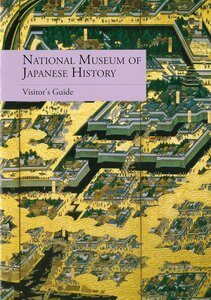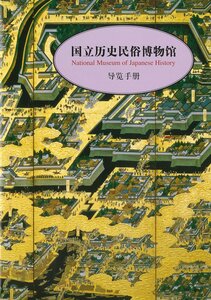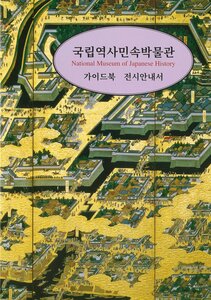刊行物
歴博では、企画展示の図録をはじめ資料目録から研究報告書に至るまで、様々な刊行物を出版しています。
当ページでの紹介刊行物の中には非売品などもありますが、主要図書館等に配布されているものもあります。
出版社から発売されているものは各出版社へご確認ください。
それ以外の刊行物は、(財)歴史民俗博物館振興会で取り扱っております。
また、歴博内のミュージアムショップでも販売しています。

国立歴史民俗博物館
ガイドブック
書籍一覧
- 展示
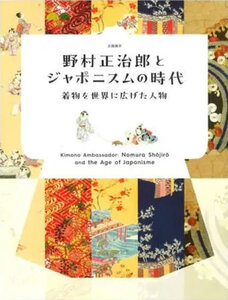
野村正治郎とジャポニスムの時代―着物を世界に広げた人物
- 発行年月:
- 2025年10月
- 価格:
- 2,200円(税込)
- 総合
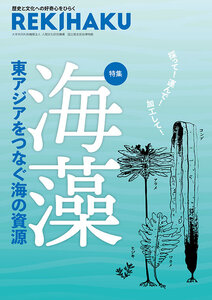
REKIHAKU 016
- 発行年月:
- 2025年10月 / 年3回発行(2月、6月、10月)
- 価格:
- 1200円(本体1,091円(税別))
- 要覧
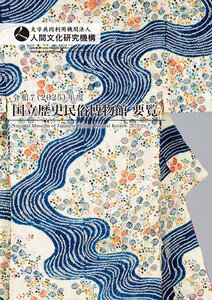
令和7(2025)年度国立歴史民俗博物館要覧
- 発行年月:
- 2025年7月
- 価格:
- 非売品
- 総合
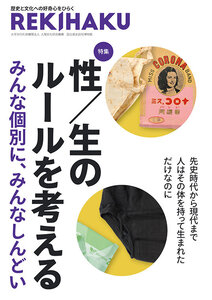
REKIHAKU 015
- 発行年月:
- 2025年6月 / 年3回発行(2月、6月、10月)
- 価格:
- 1200円(本体1,091円(税別))
- 研究
![第253集 [共同研究]歴史災害研究のオープンサイエンス化に向けた研究](/assets_c/2025/05/253_image_01-thumb-autox300-4846.jpg)
第253集 [共同研究]歴史災害研究のオープンサイエンス化に向けた研究
- 発行年月:
- 2025年3月
- 価格:
- 非売品
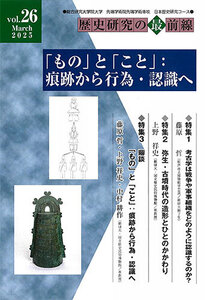
歴史研究の最前線 Vol.26 「「もの」と「こと」:痕跡から行為・認識へ」
- 発行年月:
- 2025年3月
- 価格:
- 研究
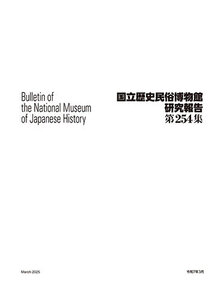
第254集
- 発行年月:
- 2025年3月
- 価格:
- 研究
![第250集 [共同研究]『聆涛閣集古帖』の総合資料学的研究](/assets_c/2025/04/250_image_01-thumb-autox300-4792.jpg)
第250集 [共同研究]『聆涛閣集古帖』の総合資料学的研究
- 発行年月:
- 2025年2月
- 価格:





